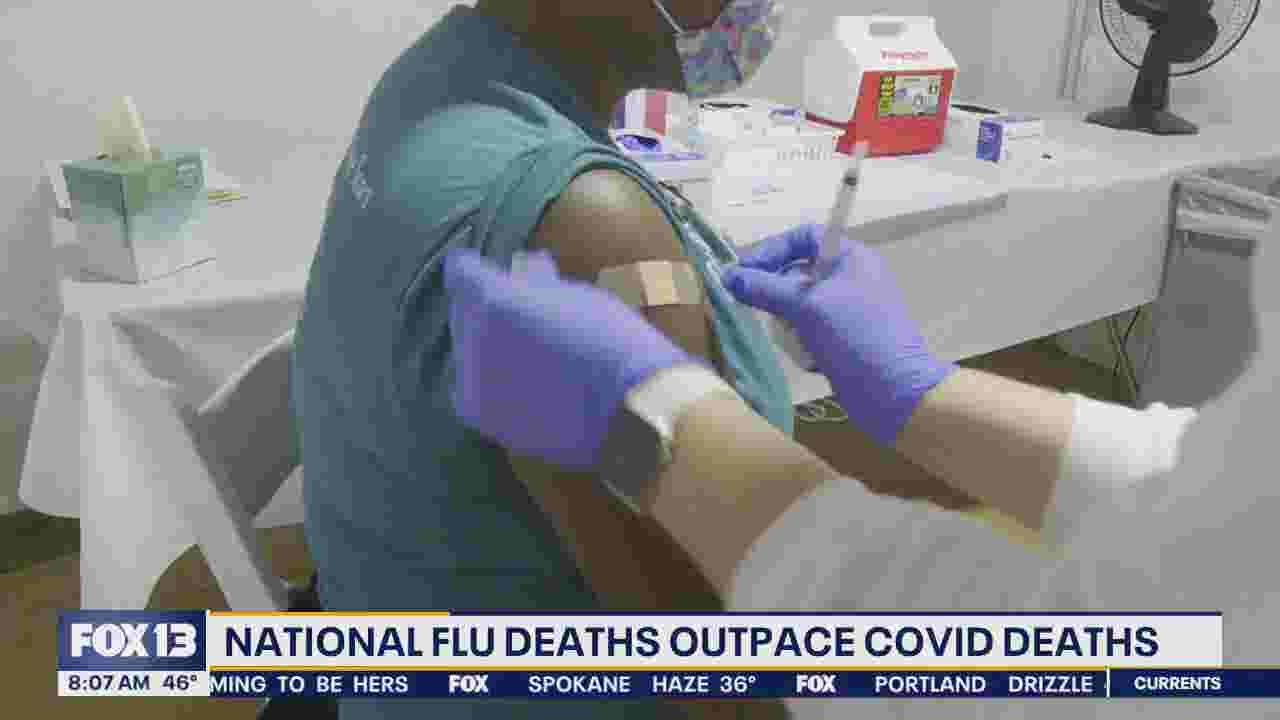It’s an item that most people use at least twice a day.
But you might look at your toothbrush a bit differently after watching this video.
Dr Samuel Choudhury, a doctor based in Singapore, has revealed the disgusting mistake too many of us continue making with our toothbrushes.
According to the expert, many people still store their toothbrush next to their toilet.
While this might be practical, it can also expose your toothbrush to everything from faeces, to bacteria, and viruses.
‘Did you know that flushing the toilet can send bacteria flying up to 6 feet in the air?’ he said.
‘If your toothbrush is chilling next to your toilet, you might be brushing with more than just toothpaste!’
While you might think that a toothbrush cover would do the trick, Dr Choudhury also explains why these are a no-go.
It’s an item that most people use at least twice a day. But you might look at your toothbrush a bit differently after watching this video
In his video, Dr Choudhury cites a 2015 study which analysed the germs on toothbrushes in a shared dormitory.
‘When they did a study at a dormitory, they found 60 per cent of the toothbrushes contained fecal matter,’ he said.
Toothbrush covers only make matters worse, the expert added.
‘You may think that this will keep it safe, because it is closed off from aerosolised particles,’ he said, while showing a toothbrush cover on screen.
‘Think again. Research has shown that keeping a toothbrush in a closed container increases the bacteria load because it gives a very good environment for bacteria to grow.
Thankfully, Dr Choudhury has also revealed the easy ways to keep your toothbrush clean and safe.
‘Number One, always keep them upright, so that water drains properly,’ he advised.
‘Two, change the toothbrush or its head every three to four months.

Dr Samuel Choudhury, a doctor based in Singapore, has revealed the disgusting mistake too many of us continue making with our toothbrushes

While you might think that a toothbrush cover would do the trick, Dr Choudhury also explains why these are a no-go
‘Three, keep the toothbrush away from the toilet bowl, and when flushing, try to keep the toilet lid closed.
‘As much as possible, try to keep it away from the toilet and in a well ventilated area so that it dries.’
While the disgusting findings might have you reaching for a UV cleaner, Dr Choudhury says that this isn’t necessary.
‘Things like UV containers and cleaning them in mouthwash are good to have, but not necessary,’ he explained.
Dr Choudhury’s video has garnered over 30,000 likes on Instagram, with many disgusted fans taking to the comments.
‘Close the lid when you flush. That’s what it’s there for,’ one user wrote.
Another added: ‘Great video! Really important info that touches our daily lives and can make a huge difference.’
And one joked: ‘How big do you think our bathrooms are?’
The video comes shortly after scientists warned that flushing the toilet can send an enormous plume of tiny water droplets up into the air surrounding it.
Among the most common potentially harmful airborne bacteria propelled from the toilet bowl in indoor bathrooms are E. coli and Staphylococcus aureus (S. aureus).
These can be inhaled, raising the risk of getting a nasty stomach bug or respiratory infection.
Wajid Ali, who led the study from China University of Geosciences, said: ‘Our findings underscore the substantial health risks posed by bioaerosol exposure in public washrooms.
‘Enhancing ventilation systems by optimising exhaust fan efficiency and air exchange rates can effectively reduce bioaerosol concentrations and exposure risks for the public.’










